Fix: Battle.Net Error BLZBNTAGT000008A4
If the Battle.net launcher gets stuck at “initializing” or during a download and shows error BLZBNTAGT000008A4 while updating or installing a game, it means the program could not get data from Blizzard’s servers. The most common reason is a problem with the server in your area or an issue with your internet provider’s connection.
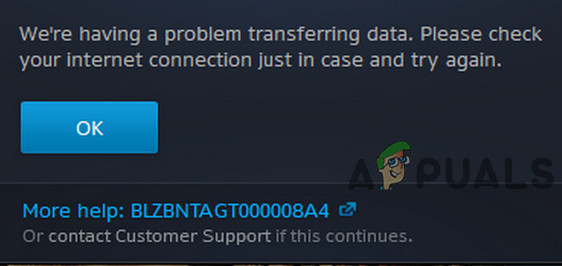
Other reasons can include broken cache files on your computer, wrong DNS settings, or a firewall stopping the connection. In this article, we will discuss different ways to solve this error.
1. Disable/Enable Network Connection and Change the DNS Server
A temporary issue with your network adapter can give you the BLZBNTAGT000008A4 Blizzard error. Disabling and re-enabling your network connection can often fix this. Also, problems with your DNS server or a corrupted DNS cache can cause this error. Clearing your DNS cache and changing your DNS server may resolve the problem.
- Quit the launcher.
- Press the Windows key and type Network Connections. Then click on View Network Connections.
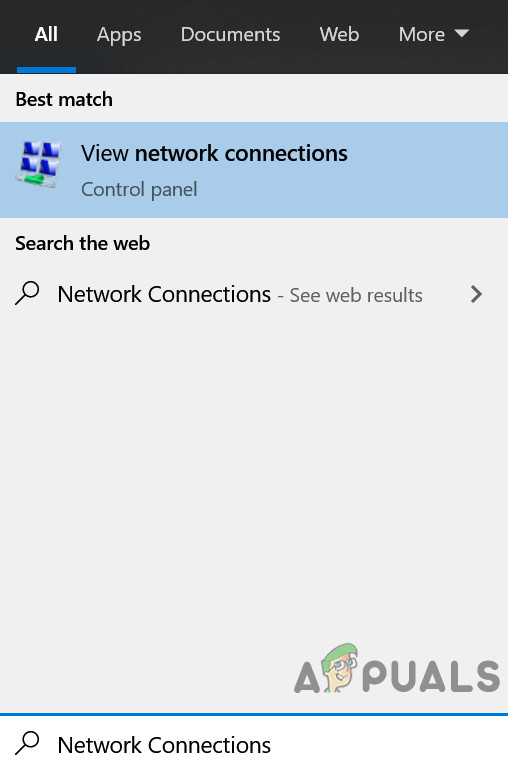
Search for Network Connections - Right-click on your network connection and select Disable.
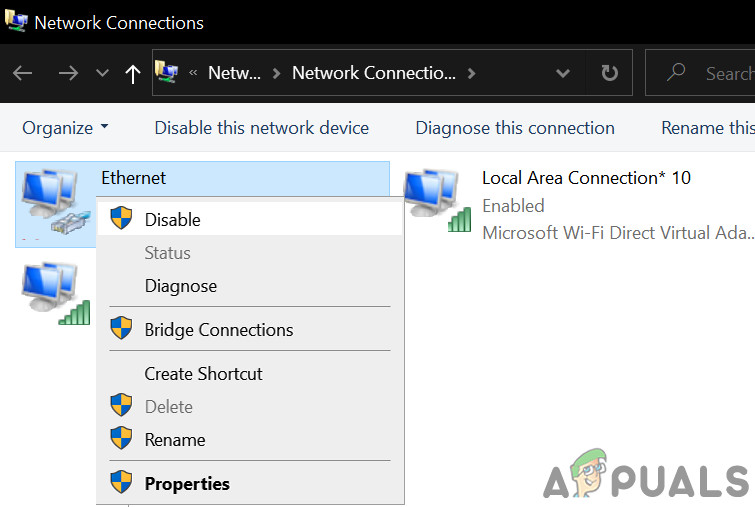
Disable Network Connection - Repeat this for all network connections.
- Restart your computer. After restarting, enable your network connections again.
- Open the launcher and check if it works properly now.
- If not, quit the launcher again. Press the Windows key, type Command Prompt, then right-click it and choose Run as Administrator.
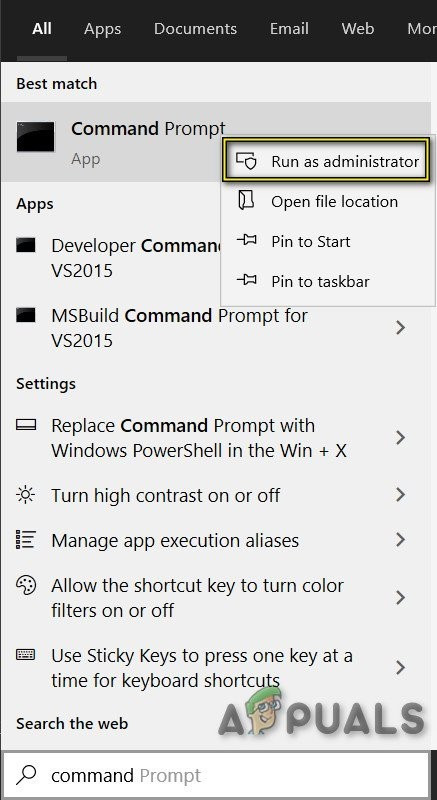
Run Command Prompt as Administrator - Type the following command:
ipconfig /flushdns

and press Enter.
- Now switch to another DNS server.
- Open the launcher and see if it’s working now.
2. Temporarily Change Your Network or Use a VPN
ISPs sometimes block certain internet traffic while trying to manage network speed and safety. If Battle.net or your game needs access to something your ISP has blocked, this error can appear. In this situation, switching to a different internet connection or using a VPN may help fix the problem.
- Quit the launcher and close it completely using Task Manager.
- Switch to a different network for a short time. You can use your phone’s hotspot (do watch your internet usage), or try a VPN to get around network restrictions.
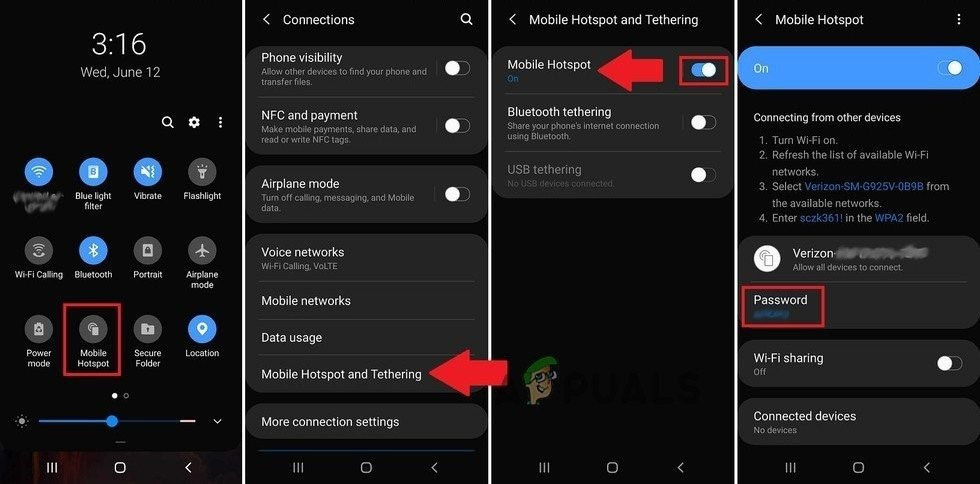
Turn On Mobile Phone Hotspot - Now open the launcher and see if the error is gone.
3. Change Your Region in the Launcher/Game Settings
Battle.net uses different servers around the world to handle game downloads and updates. If your region’s server is too busy, switching to a different region can help.
- Logout from the Battle.net launcher.
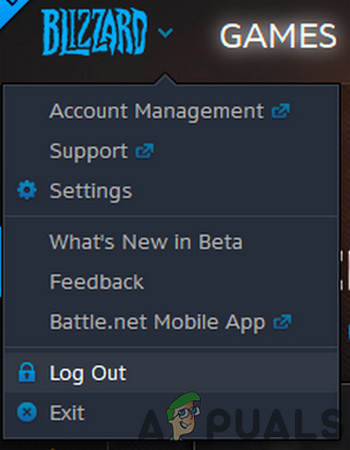
Logout of Blizzard Launcher - Just above your login area, select a different region using the drop-down box. For example, if you’re in Europe, try switching to America.
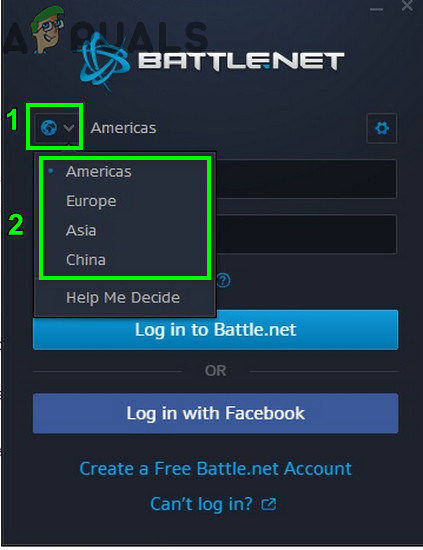
Change Region in the Blizzard Launcher - Quit the launcher. Open your VPN and connect to the same region you selected in the previous step.
- Start the Battle.net launcher and log in.
- Go to the game with the error (like Modern Warfare) and change its region to match your selected launcher region.
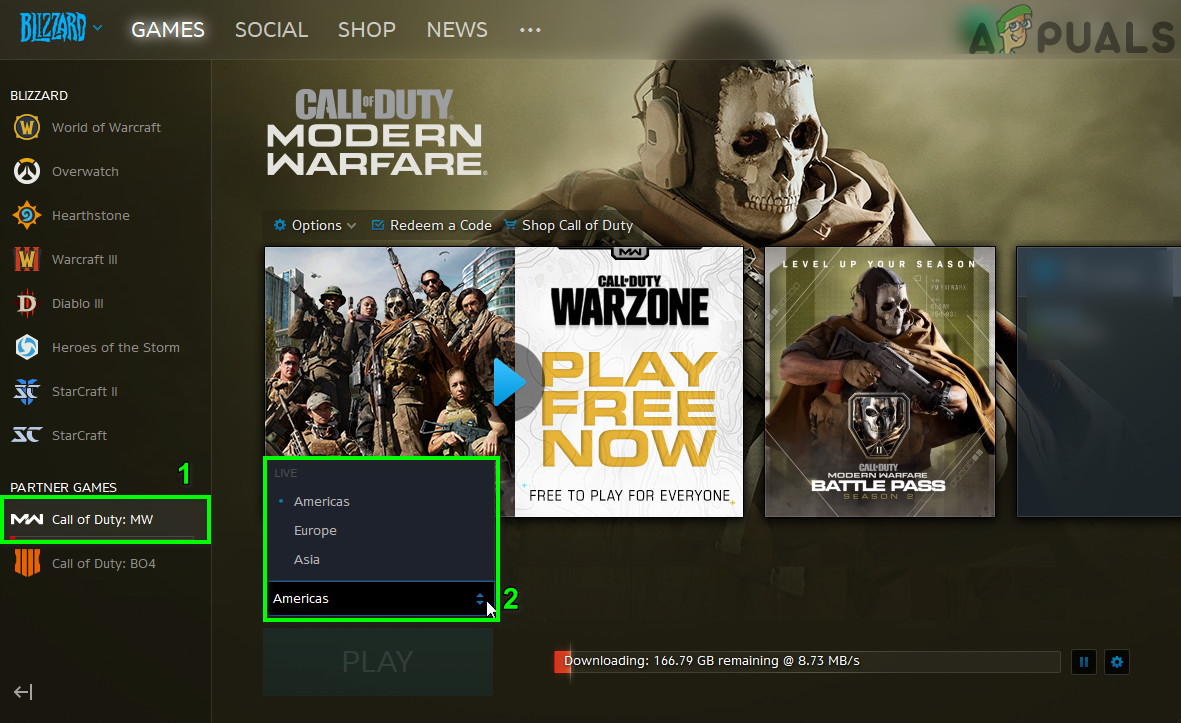
Change Region in the Game Settings - Try downloading or updating your game again and check if the error is fixed.
4. Delete the Battle.net Files to Reset Settings of the Launcher or Game
Custom launcher or game settings sometimes stop games from working correctly. Resetting these back to their default settings often resolves strange errors like BLZBNTAGT000008A4.
- Quit the launcher.
- Right-click on the Taskbar and choose Task Manager.
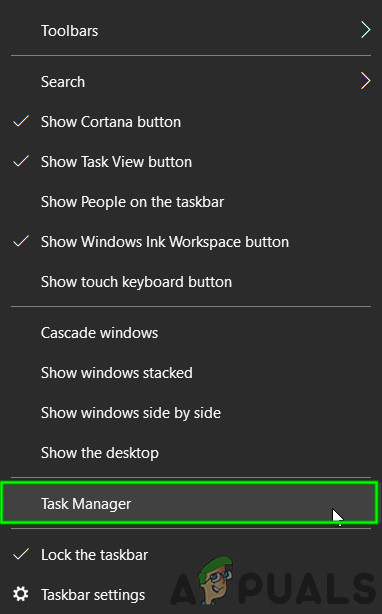
Open Task Manager - In Task Manager, right-click on battle.net.exe and choose End Process.
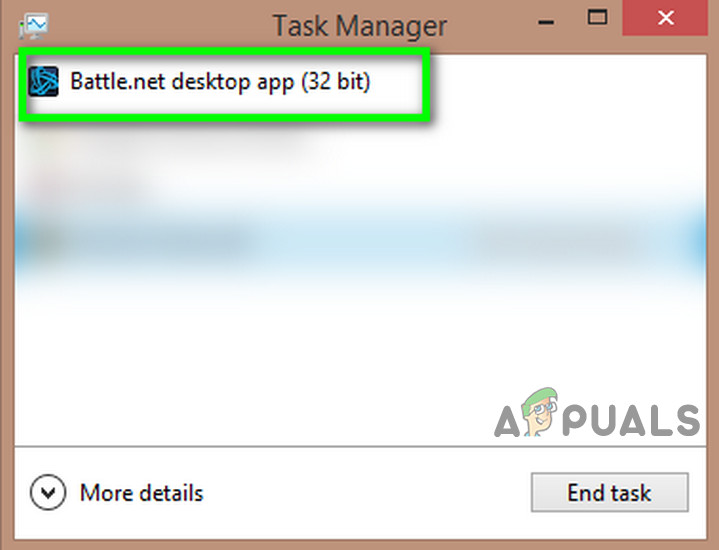
End Battle.net process - Do the same for the Agent process and any other related Battle.net processes.
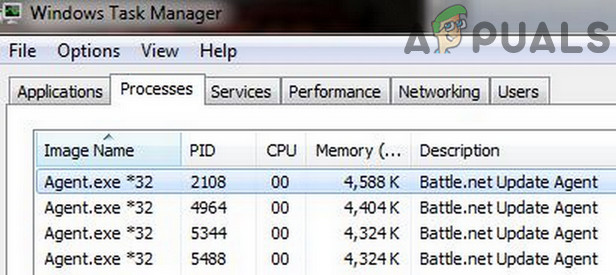
End Process of Agent - Press Windows + R, type %ProgramData%, and press Enter.
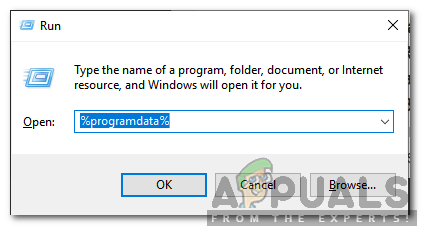
Typing in “%Programdata%” and pressing “Enter” - In the Program Data folder, you’ll see two Battle.net folders. Delete (or rename for safety) the Battle.net1 folder and open the 2nd Battle.net folder.
- In this folder, find and delete (or rename) the Agent folder.
- Open the game folder with the issue, and inside it, go to the Beta/WTF folder.
- Delete (or rename) the Config.WTF file.
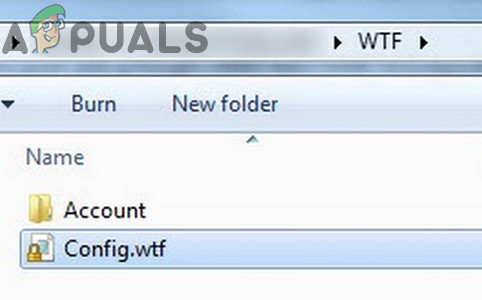
Delete the WTF.config file - Open the Battle.net launcher and see if it works better now.
5. Limit the Usage of Network Bandwidth in the Game Settings
You need a stable internet connection for the game to download or update successfully. Sometimes, having a very fast but unstable connection (especially on wireless broadband) can trigger this error. Limiting how much bandwidth the game can use may help.
- Open the Battle.net launcher.
- Go to the game giving you trouble, such as Call of Duty: Modern Warfare.
- Click the gear icon next to the progress bar, then click Settings from the menu.
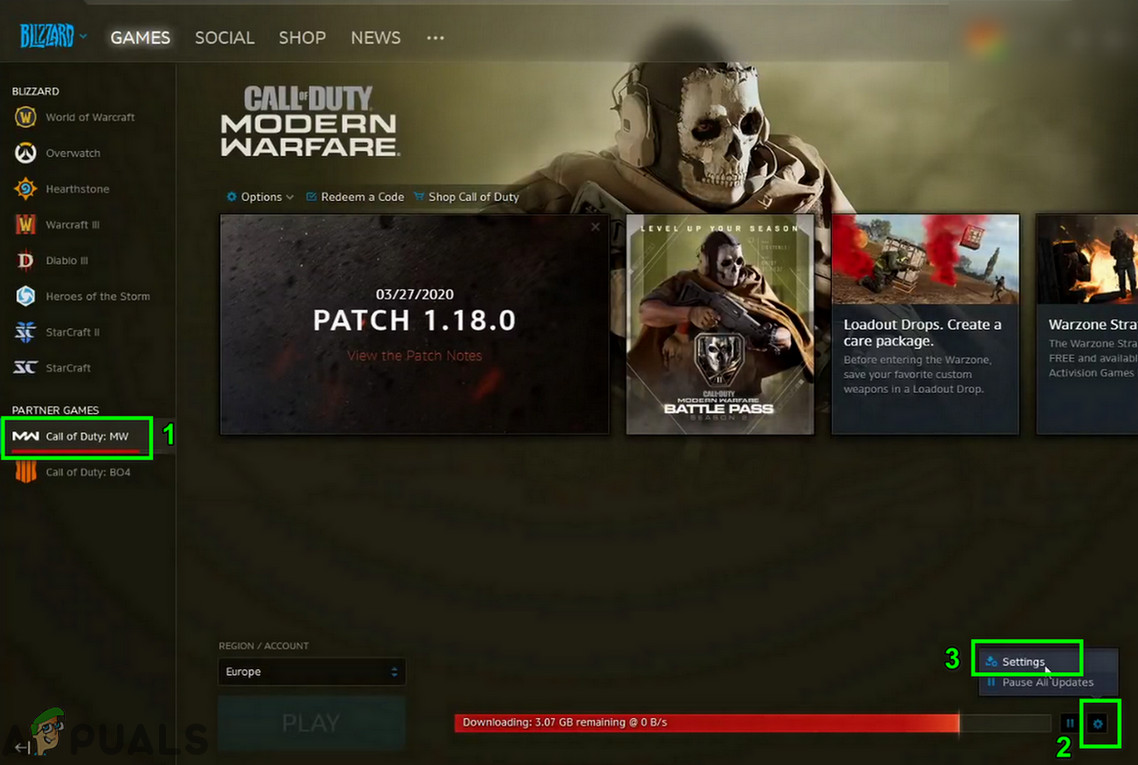
Open Settings of the Game - Scroll down to the very bottom. Under Network Bandwidth, in the Latest Updates box, enter 300 or 500 and click Done.
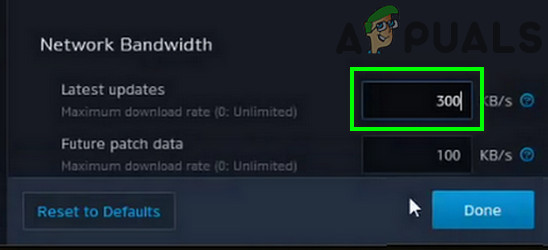
limit the bandwidth of the Game - Pause and then restart the download.
- If your download or update is working now, you can reset the speed back to zero (unlimited).
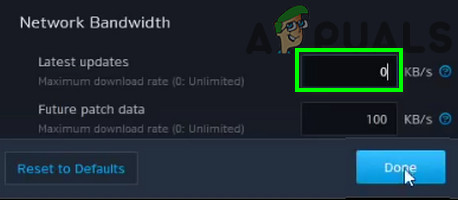
Set the Bandwidth Usage to Unlimited
6. Use the Mini-Client Setup of the Game
If you still have problems with the launcher or game, you can try using the game’s mini-client setup. Installing this can update your Battle.net launcher and may resolve the issue. Note: not all games offer a mini-client.
- Open your browser and go to the Battle.net shop page for the problem game, such as the Call of Duty: Warzone shop page.
- Click the Play for Free button (if your game supports this). This will download a small setup file (about 5Mb for Call of Duty: Warzone).
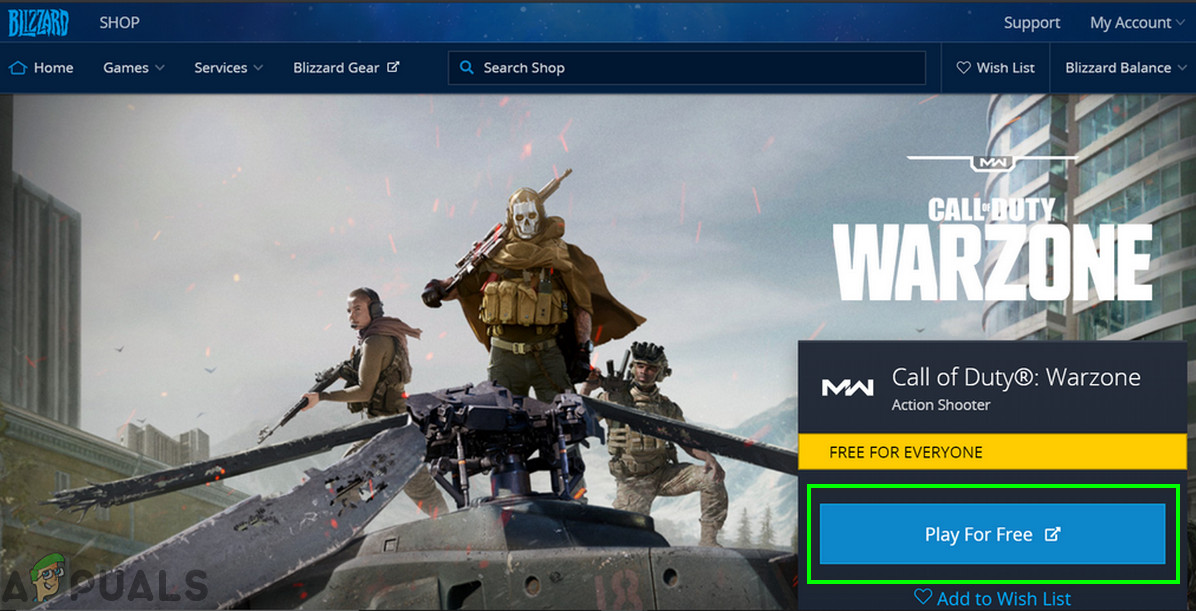
Click on Play For Free - Run the downloaded setup file as an administrator. This will update your Battle.net launcher.
- Try to install or update the game again. With any luck, you’ll be able to play without encountering the error.




